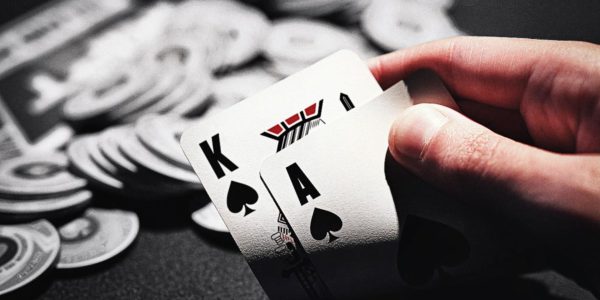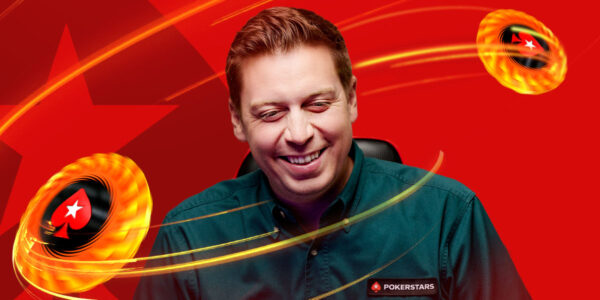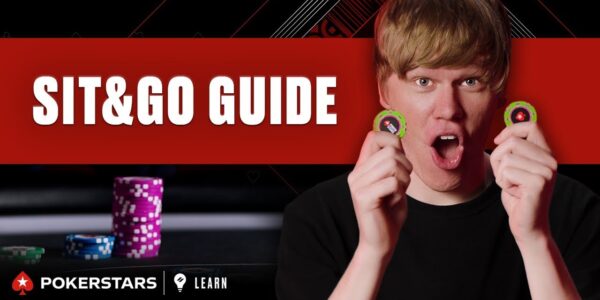Early Game Play: Cold Calling vs. Shoving
The time has come to examine the ranges we should use against small raises when we’re not in the big blind. It might appear counterintuitive to most regular cash-game and tournament players just how wide we have to flat opens in Grand Tour. When bounties are up for grabs, there is lot of extra money to be made outside of the chips in the middle. This means that being a bit further behind in terms of equity is less of a problem than it would be in non-bounty formats.
All of the charts in this article assume that the opener has chosen 2.2BB as his open size. This is a sensible sizing for 20-25BB stack depth as it charges people slightly more than min-opening would while keeping it cheap if the opener has to fold to a shove.
BU vs. CO
We shall stick with equal stacks situations in today’s episode. This following strategy assumes that all players have started off at the same stage of the Grand Tour and hence there are no imbalances as to who covers whom. Everyone has 1240 chips in this example. Calling hands are in yellow and shoving hands are green. You might be surprised by how wide BU is supposed to get involved here against the CO 2.2BB open.

When I first started playing Grand Tour, I made none of these flat-calls at all. It was ingrained into every fibre of my cash game background to enter pots mainly with 3-bets. There are a few good reasons for building this calling range though:
- At 20BB stack depth, 3-Betting small does not accomplish much. We either have to go large enough that we get committed any way; or, small enough that we give our opponents a great price to call our 3-Bet.
- We would like to play many hands against the CO opening range that we are not happy stacking off with for 20+BB. Examples of these are KTs and 98s.
- When a bounty is up for grabs, your risk reward ratio improves. You are risking the same amount of chips as in a regular tournament, but the reward is greater.
- Position is amazing. By acting last on the flop, you have a good chance of controlling when to play for stacks, and therefore, bounties.
A quick disclaimer: when you see people cold call in Grand Tour, they typically have a much wider range than the one recommended here. They tend to put too many of the jamming hands in there and many of you opponents will also convert folding hands into calls.
SB vs. CO
This spot plays quite similarly to the one above. There are two key differences between being in the SB and being on the BU that almost cancel each other out. On the one hand, there are less player who can enter the pot and compete for bounties. On the other hand, you will be out of position to everyone else. It all equates to a similar sort of strategy. This SB range assumes that CO has opened, and BU has folded:

As you can see, the main difference is that we have moved to a more linear shoving range. This means that we are inclined to 3-bet jam from the top down – big cards and pairs before smaller cards.
We no longer have a portion of medium strength hands that perform better as a call than a jam. This is due to the EV of the call option decreasing due to being out of position but the EV of jamming staying the same. It doesn’t really matter who acts last when you’re both all-in!
Please remember that this chart assumes that you can win your opponent’s bounty by going all in here. If you’re covered by the opener you need to tighten up both the flatting range and the shoving range considerably.
SB vs BU
This spot gets pretty wild in terms of shoving with an ace in your hand. As the SB, in this situation, we need to be going after the dead money created by BU’s raise and the big blind. By getting in there first, we will force the BB player to fold some hands that are stronger than many of those we’re shoving. Here’s the strategy:

Note that if we cover Villain, but he doesn’t cover us, we might be able to shove wider than this, especially if the opener isn’t making the adjustment of opening the pot tigther due to being covered.
Exploitative Considerations
These charts are only a default guide. They assume that you can win anyone’s bounty by getting all in. Here are a few exploitative tips to help you deviate from these ranges when the time is right.
- Do not cold call any of the low suited hands when there is a tilted or maniacal player behind you. You will be burning money.
- Some players are extremely sticky in Grand Tour. Shove more big cards and less suited stuff like QTs against these players.
- If you think you have a skill edge post-flop over the field, expand the calling ranges slightly and even convert some of the marginal jamming hands into calls.
Next time, we shall take a plunge into the world of big blind defence. Just wait until you see how wide you should be defending your big blind in Grand Tour!
Test your knowledge with our short quiz below














